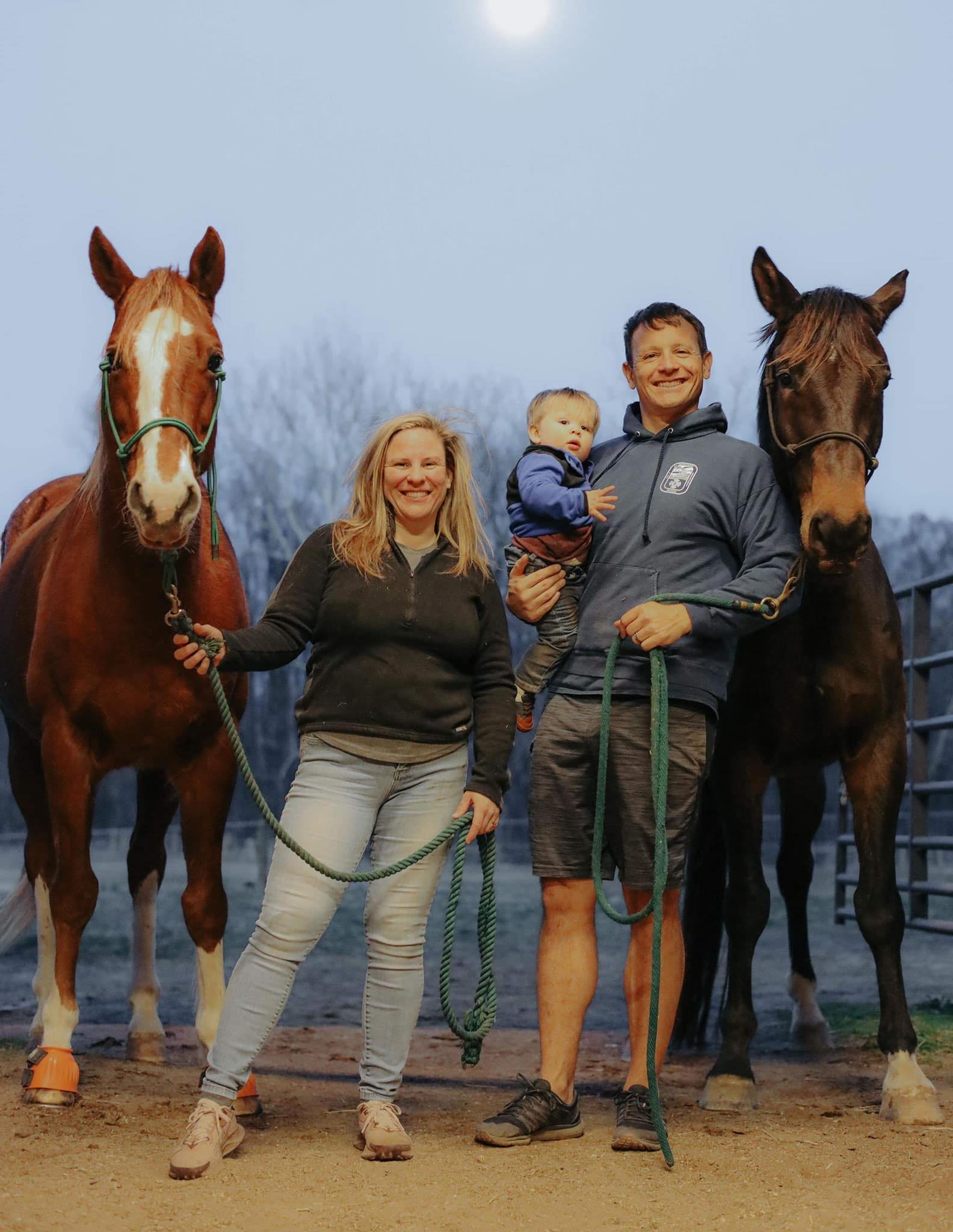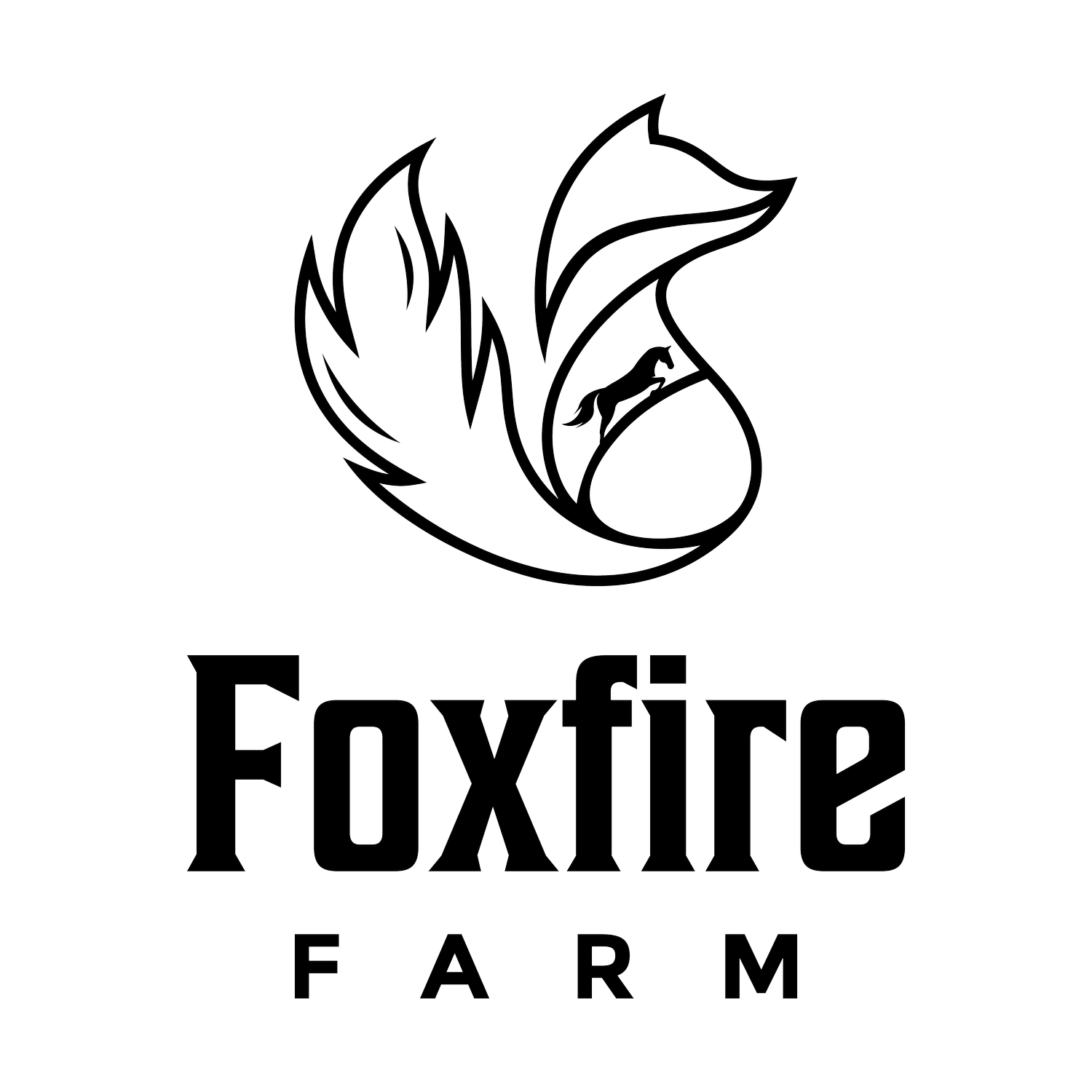Pasture-Raised Food vs. Factory/Feed Lot
Last July, I hit the big 4-0. Aging has never really been something that upsets me. I lost my father right before my 7th birthday. He was 38 and passed away from an aggressive brain tumor. That monumental event so early on in my life has always given me a sense of urgency - that every moment should be lived to its fullest.
I have always seen aging as a gift: I get another day here to soak in the beauty of this life, to capture more time with those I love most, to get a little wiser, and to do more of what I love. However, my husband and I both waited until we were in our late 30s to have our first child. We are now both 40, and we have a 3-year old son. He is joy personified. We adore every moment with him. And now, it occurs to me, that as I age, I want to set my body up for the longest life I can possibly have so that I am here for all of our son’s milestones. I don’t want to miss graduation, his wedding, his children growing up… There is so much I want to be present for. And I don’t just want to “be” here - I want to be healthy, thriving, energetic, and actively participating.
The preciousness of this life was driven home for me even further as I recently learned that a close family member has been diagnosed with stage IV colon and liver cancer. He’s in his mid-50s and is now facing a long road of chemotherapy, doctor’s visits, and possible surgeries.
As I think of my son, I also worry for his future as the global climate crisis escalates rapidly. Severe weather anomalies are becoming a regular occurrence. Temperatures are changing. Things that used to grow in certain areas of the world are now not able to because it has become too hot, or there is too much drought or too much rain. Wildfires are burning farmland. Seas are reclaiming land. Pollinators are dying. I wonder what kind of world we are leaving for him and for his children.
At this stage in my life, I sit at the intersection of self-transformation and environmental activism, and it occurs to me that the bridge is FOOD.
So many folks I know are on some spectrum of illness: on-going auto-immune issues, skin issues, mental health issues, cancer, IBS, reproductive issues, struggles with weight, resistance to antibiotics, super bugs, etc. When we look at these issues, the first response seems to always be pharmaceuticals. Take this drug to address this issue, and then take this one to combat the side effects of the first.
As we are getting sicker, this country is also losing small, family farms right and left. Between 2017 and 2022, the United States lost 140,000 farms. 140,000 farms lost in five years. Meanwhile, as your neighborhood farmer goes out of business and is forced to sell to yet another developer, just 4 companies in the U.S. produce over 60% of its chicken each year.
Factory-Farmed Food
Factory farming is designed for maximum efficiency and maximum profit. We know that factory farming has a huge impact on global warming. Grains are shipped in from mono-cropped, GMO-seeded, and sprayed fields across the country to factories where animals are packed in like sardines. The excrement piles up until it is hauled out and often pollutes local water sources. Once mature, the animals are hauled to slaughter. Their meat is then hauled to all of the leading national grocery chains. We know that fossil fuels are the biggest source of man-made carbon emissions, and that buying locally-produced food seriously reduces this carbon footprint.
Animal welfare is a consideration that cannot be afforded when the bottom dollar is the top priority. As a result, animal cruelty and illness runs rampant. Animals never see the light of day or a blade of grass. Chickens are packed into long, concrete structures by the thousands. The ammonia burns their lungs, skin, and eyes, causing blindness. They are kept in their own excrement and live in less than 1 square foot of space. This overcrowding causes stress and fighting, so they are de-beaked to reduce cannibalism. Crates of egg-laying chickens are stacked on top of each other so that the excrement of chickens on top falls onto those on the bottom. Their natural egg-laying cycles are over-ridden with artificial light which saps their bodies of calcium. Pigs are kept in crates on hard floors, often unable to turn around, and never able to root. Many of these animals die of illness, temperature extremes, and cancer before they can even go to slaughter.
Factory-farmed animals endure cruelty at slaughter with electrocution, their meat dipped in chlorine solutions to sanitize it because of the unfit conditions the animals were raised in. Salmonella runs rampant. When we ingest meat from these miserable, sick animals, our bodies suffer, too. Though this meat is often less expensive than locally-raised, pastured meat, the corners cut for that savings are a price that is too steep for us as a society to pay.
Pasture-Based Food
But did you know that regenerative farming can actually sequester carbon out of the air and into the ground? This is why I now say we are “grass farmers.” Yes, we raise horses, chickens, turkeys, ducks, and pigs. But the cornerstone to doing all of that while also helping the environment is… grass.
Grass absorbs carbon dioxide the same way trees do, but on a smaller scale. Through photosynthesis, each plant takes carbon from the atmosphere and uses it to build more plant matter. However, unlike forests, grasslands sequester most of their carbon underground, while forests store it mostly in woody biomass and leaves. If wildfires cause trees to go up in flames, the burned carbon they formerly stored is released back to the atmosphere. When fire burns grasslands, however, the carbon stored underground tends to stay in the roots and soil, making them more adaptive to climate change.
Animals rotated through pasture are able to fully express their true nature. Chickens can be the omnivores they truly are, and in doing so, they help rid the farm of bugs, pests - and of high importance on a horse farm - fly larvae and flies. This eliminates the need for pesticides and significantly reduces the need to use chemical fly sprays and de-wormers on the horses themselves. Our pigs rotate through our woods clearing out the underbrush, allowing sunshine in, and disturbing dormant seed beds with their rooting, thereby assisting us with building new growing and grazing areas.
As the animals rotate through our fields, they leave behind manure, which fertilizes our soil and eliminates the need for chemical fertilizer. Having a diet rich in insects improves the immune system of chickens, keeping them healthy while also reducing feed consumption. The exercise from grazing greatly improves meat quality in both poultry and pork. By rotating and grazing a variety of animals on one pasture, each animal eats different plants and grasses, thereby eliminating the need for herbicide use. Our pollinators thrive. The animals we consume have not themselves consumed chemicals. We feed them locally-sourced, non-GMO supplemental grains, reducing the carbon footprint from hauling mono-cropped grains in from around the country. We process our chickens ourselves humanely on-farm.
Meat raised this way is healing and nourishing for our bodies. These animals live happy and fulfilled lives in the sunshine and grass expressing their true nature and providing healthy food. We combat climate change in a myriad of ways, both in reducing our carbon footprint from shipping and in the literal removal of carbon from the atmosphere.
Imagine if we all supported this form of food production with our grocery dollar! How much healthier would we be? How greatly would our morals as a society improve in our treatment of animals? We could feel good about the world we are leaving our children and we could be here - healthier - longer with them to enjoy it.
Food for thought.
See you on the farm!
Your farmer,
-Shari








